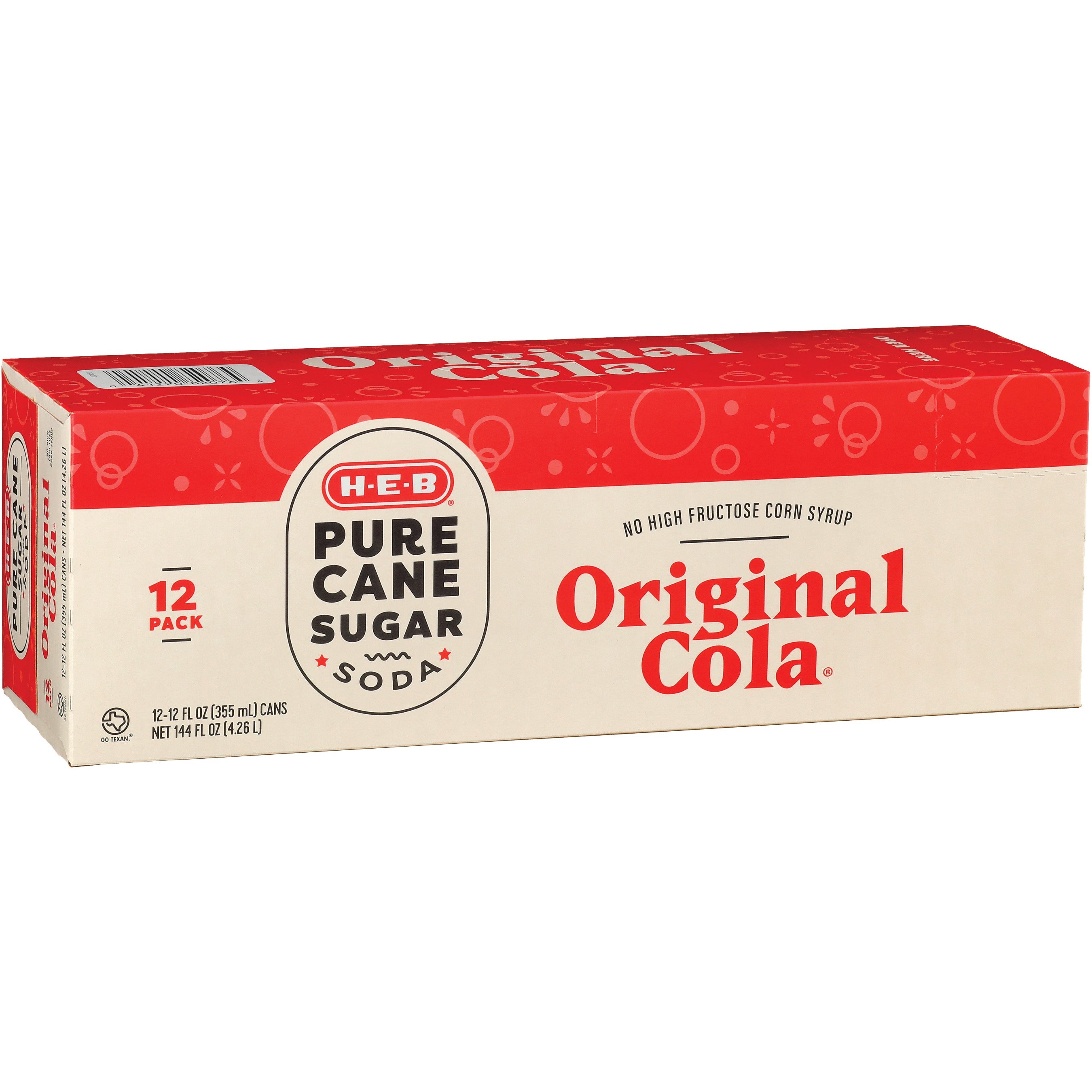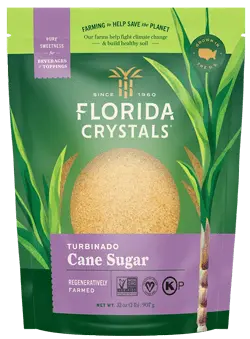Cane Sugar Processing: Key Technologies for Superior Sugar Production
Cane Sugar Processing: Key Technologies for Superior Sugar Production
Blog Article
A Comprehensive Guide to the Ecological Effect and Sustainability Practices in Walking Cane Sugar Processing
The environmental impact of walking cane sugar handling presents an intricate selection of difficulties that warrant careful exam. From dirt deterioration and too much water usage to the carbon impact connected with cultivation and manufacturing, the effects of conventional practices are far-reaching. What particular methods can be applied to strike an equilibrium in between performance and ecological stewardship?
Overview of Walking Stick Sugar Processing
Walking cane sugar processing includes a series of methodical steps that change sugarcane into polished sugar. At first, harvested sugarcane is delivered to processing facilities, where it undergoes cleaning to remove dirt and particles. Following this, the cane is squashed to remove juice, which is after that cleared up by getting rid of impurities via heating and the enhancement of lime.
The clarified juice goes through dissipation, where water is removed to focus the sugar web content. This concentrated syrup is after that taken shape via cooling, enabling sugar crystals to create. These crystals are separated from the staying syrup making use of centrifugation, resulting in raw sugar. To accomplish polished sugar, the raw item undergoes additional filtration processes, which may include filtering and washing to get rid of staying contaminations and color.
The end product is then dried and packaged for distribution. Throughout this entire procedure, keeping performance and quality assurance is vital to guarantee the sugar satisfies sector criteria. Each action in cane sugar processing not only adds to the end product but also has implications for resource usage and waste generation, setting the phase for conversations on sustainability and ecological influences connected with sugar manufacturing.
Ecological Obstacles of Manufacturing
The manufacturing of walking stick sugar provides a number of considerable environmental difficulties that warrant interest. One primary issue is the substantial usage of agrochemicals, including fertilizers and pesticides, which can bring about dirt deterioration, biodiversity loss, and contamination of regional water sources. The runoff from sugarcane areas usually lugs these chemicals right into close-by ecological communities, interfering with water life and impacting the health of communities reliant on these water bodies.
An additional obstacle is the high energy consumption associated with sugarcane handling. The boiling and refining stages require significant warm, mainly generated by melting fossil gas, adding to greenhouse gas emissions. In addition, the large acreage required for sugarcane cultivation can lead to logging and habitat destruction, more worsening climate adjustment and threatening wild animals.
Additionally, the labor practices in some areas raise moral issues, as employees may encounter poor working problems and inadequate salaries. This situation commonly perpetuates a cycle of destitution in local areas. Cane Sugar Processing. Dealing with these ecological challenges is vital for developing much more lasting practices in walking cane sugar production, eventually profiting both the environment and the neighborhoods associated with this industry
Water and Land Use Effect
Water sources and land usage are essential components in the walking stick sugar sector that considerably affect the setting. The cultivation of sugarcane requires considerable water input, with price quotes suggesting that it can take in as much as 2,000 liters of water per kilo of sugar generated. This intensive use of water typically leads to depletion of regional water sources, influencing not only the sugarcane plantations however likewise bordering ecological communities and communities that depend on the exact same water sources for farming and residential usage.

Additionally, land usage for sugarcane cultivation can bring about deforestation and the conversion of all-natural habitats right into monoculture ranches. This technique diminishes biodiversity, interrupts neighborhood communities, and adds to soil deterioration. The development of sugarcane fields commonly trespasses on beneficial agricultural land, producing competitors for sources between food and biofuel production.
Lasting techniques, such as optimizing irrigation methods and implementing crop rotation, are crucial to reduce these effects. By taking on more efficient water usage and land administration approaches, the cane sugar industry can decrease its environmental impact, ensuring a balance between agricultural efficiency and environmental preservation.
Greenhouse Gas Emissions
Greenhouse gas discharges stand for a substantial ecological concern within the walking stick sugar processing industry, specifically as agricultural practices expand to satisfy international need. The cultivation of sugarcane, a crop that thrives in tropical climates, relies heavily on synthetic fertilizers and chemicals, which add to laughing gas exhausts. In addition, land-use adjustments, consisting of logging for brand-new sugarcane haciendas, launch co2 kept in greenery and soil.
During handling, energy usage is another significant resource of greenhouse gas emissions - Cane Sugar Processing. Many sugar mills make use of fossil gas to power machinery and create warm, resulting in substantial carbon impacts. Moreover, the transportation of raw sugarcane and finished items adds layers of exhausts with gas burning in cars
This includes evaluating current agricultural techniques, processing techniques, and transport systems to recognize areas for enhancement and reduction. Resolving greenhouse gas emissions is vital for cultivating an extra sustainable cane sugar market in a transforming environment.

Sustainable Practices and Innovations
Lasting practices and innovations are significantly important in the walking cane Full Article sugar processing industry as stakeholders look for to decrease ecological effects while keeping efficiency. One substantial improvement is the implementation of incorporated plant administration, which maximizes resource usage by combining dirt management, bug control, and plant rotation strategies. This method boosts yield while lessening chemical inputs and preserving soil wellness.
Furthermore, the fostering of renewable resource resources, such as biomass from sugarcane deposits, has actually acquired grip - Cane Sugar Processing. By transforming waste products into power, refining facilities can decrease their dependence on nonrenewable fuel sources, thus reducing greenhouse gas exhausts
Water management methods have actually also seen improvements with the recycling and reusing of water in handling plants, significantly decreasing freshwater consumption. Advancements in modern technology, such as accuracy agriculture, enable farmers to keep track of plant wellness and source usage extra effectively, making sure lasting farming techniques.
In addition, certification programs like Fair Trade and Rainforest Alliance encourage environmentally responsible farming practices and promote social equity within the supply chain. By embracing these sustainable practices and advancements, the walking cane sugar handling sector can boost its resilience and contribute favorably to environmental stewardship.
Final Thought
The ecological influence of cane sugar processing provides considerable difficulties, including soil degradation, high water consumption, and greenhouse gas exhausts, along with moral worries connected to labor methods. Attending to these problems through lasting methods, such as incorporated crop management, renewable power fostering, and water recycling, is crucial. By advertising ecologically responsible and socially fair approaches in sugar production, the industry can minimize its negative impacts, guaranteeing a more lasting future for both communities and ecological communities associated with this sector.
Walking cane sugar processing entails a series of systematic actions that transform sugarcane right into refined sugar. Each action in walking stick sugar handling not only adds to the final item but additionally has ramifications for source use and waste generation, establishing you can check here the stage for conversations on sustainability and environmental influences associated with sugar manufacturing.
Greenhouse gas emissions stand for a significant ecological issue within the walking cane sugar processing sector, article source particularly as farming practices increase to meet worldwide need.Sustainable techniques and developments are increasingly important in the walking stick sugar handling industry as stakeholders look for to lower environmental effects while keeping productivity.The environmental influence of cane sugar processing provides substantial obstacles, including soil destruction, high water consumption, and greenhouse gas discharges, along with honest worries connected to labor practices.
Report this page